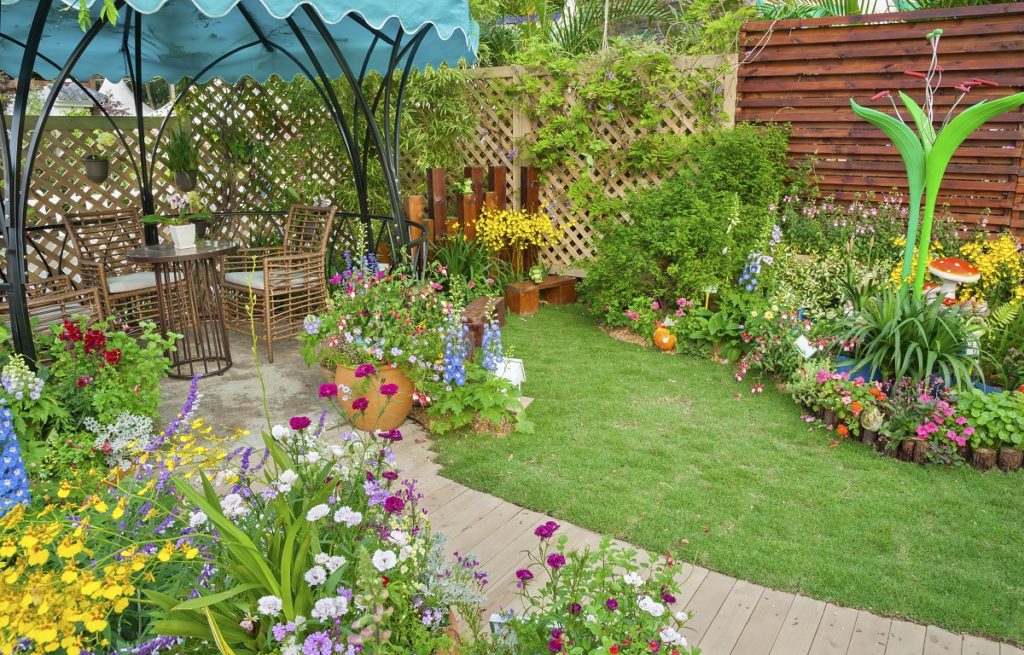Since the start of the pandemic, a lot of people have gotten into gardening. Not only is it fun and easy, but it can also be relaxing. The results are also worth the effort. However, sometimes your garden does not turn out the way you intended. Maybe you do not have the green thumb, but the problem could be with your garden itself. Before you give up your shovel, consider whether these issues may be the reason for your struggles.
Pests
Although insects are generally helpful for your garden, the wrong kind can be harmful to your plants. It could be the main reason why crops are not growing or why leaves are turning yellow.
Pests do two things to your garden. They directly damage your plants by eating their leaves or cutting off supply in their roots. Examples of these insects are aphids, scales, spider mites, and caterpillars. These are bugs that have chewing or sucking parts.
The second type of damage is when bugs bring viruses that cause plant infestations. This causes roots to rot and wilting. In some cases, leaves start to turn yellowish, and patches of lightened areas can be seen. Your plants may stop growing or die altogether. Whatever crops you have might not be safe to eat as well.
Pests like these can be seen on the leaves and stems or buried underground. The challenge here is getting rid of them. Most pesticides have chemicals that can also kill off beneficial bugs. Some of the pests may also have deep nests that cannot be easily removed, which is why your best option is to hire a pest control exterminator. Exterminators will know how to get rid of them safely that does not damage plants.
Location
Sunlight is important for plants, but some of them do not necessarily need direct sunlight. In fact, being directly under the sun can be harmful to some, so the problem with your garden could be a placement issue. The sun is used to generate oxygen, but a plant can generate too much that it becomes harmful to them in some cases.
For plants that thrive in the shade, the sun will cause them to dry out much more quickly, which is why they need some cover. These include hydrangeas, lady ferns, begonias, astilbe, myrtle, foam flowers, and many more. Many root crops can be put in the shade as well, such as cauliflower, broccoli, and beets. The placement also depends on how warm the climate is in your area. If summers are especially warm, then you may need to put certain plants in shaded areas for protection.
Other plants need more sun to grow to their full potential. These are the kinds that can handle a bit of drought and heat. Sunflowers, rosemary, marigold, aster, lavender, and hibiscus are common examples. Many direct sunlight flowers are annual plants, meaning that they germinate, grow, and die all in one season. Do not be surprised if some of them never make it to the end of the year; that is natural for them.
Soil Quality

Unknown to many, there are various soil types, and some are less ideal for plants. The nutrient content will vary for each type of soil. For instance, heavy clay soil is unfit for growing because it cannot allow plants to absorb water. In some instances, the soil is too dry and cracked, which means it will not absorb water as well. Poor soil quality can prevent the growth of plants.
For more seasoned gardeners, the soil is decided based on the nutrient content. You decide what percent of the soil has certain nutrients. Choosing the right mix can be tricky, so consult with a local gardener or plant seller. Most of them can even create a mix for you or sell their kind of soil mixture.
Certain ingredients also serve other purposes. Sphagnum peat moss is a common ingredient in soil, and this is used to help it retain moisture and nutrients. Vermiculite is added to improve drainage, and sometimes there is limestone for balancing pH levels. For a lighter mix, perlite can also be a good substitute for vermiculite because it is more lightweight and serves a similar function.
Compost is sometimes added to a lot of mixtures as well. This serves as a natural fertilizer for your garden. You can also make this at home with some organic green and brown ingredients. You just need a large container and some patience to wait and mix them.







